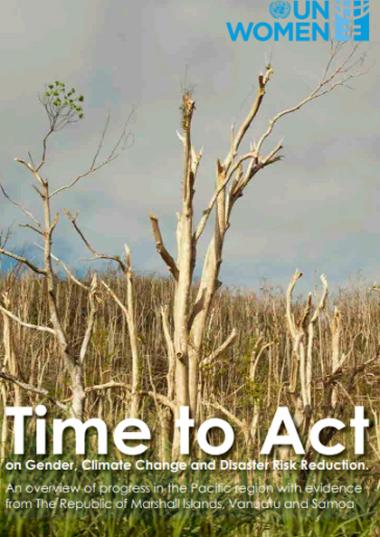
The current study developed a novel gender-specific Women’s Coastal Vulnerability Index (WCVI) to assess the impact of coastal disasters on women and their preparedness in Vijayawada, India. Field data was collected from over 300 women through surveys (2) and workshops (2) between November 2018 and June 2019, and Arc-GIS tools were used to generate vulnerability maps. Coastal hazards, particularly cyclones, floods, erosion and storm surges, are emerging as a cause for major concern in the coastal regions of Vijayawada, Andhra Pradesh, India. Serious coastal disaster events have become more common in recent decades, triggering substantial destruction to the low-lying coastal areas and a high death toll. Further, women living in informal and slum housing along the Vijayawada coastline of Andhra Pradesh (CAP), India, suffer from multiple social, cultural and economic inequalities as well. These conditions accelerate and worsen women’s vulnerability among this coastal population. The existing literature demonstrates these communities’ susceptibility to diverse coastal disasters but fails to offer gender-specific vulnerability in urban informal housing in the Vijayawada area.
Results show that women are more vulnerable than men, with a higher death rate during coastal disaster strikes. The current study also found that gender-specific traditional wear is one of the main factors for this specific vulnerability in this area. Furthermore, the majority of the women tend to be located at home to care for the elders and children, and this is associated with more fatalities during disaster events. Homes, particularly for the urban poor, are typically very small and located in narrow and restricted sites, which are a barrier for women to escape from unsafe residential areas during disasters. Overall, the research reveals that most of the coastal disaster events had a disproportionately negative impact on women. The results from this present study offer valuable information to aid evidence-based policy- and decision-makers to improve existing or generate innovative policies to save women’s lives and improve their livelihood in coastal areas.




